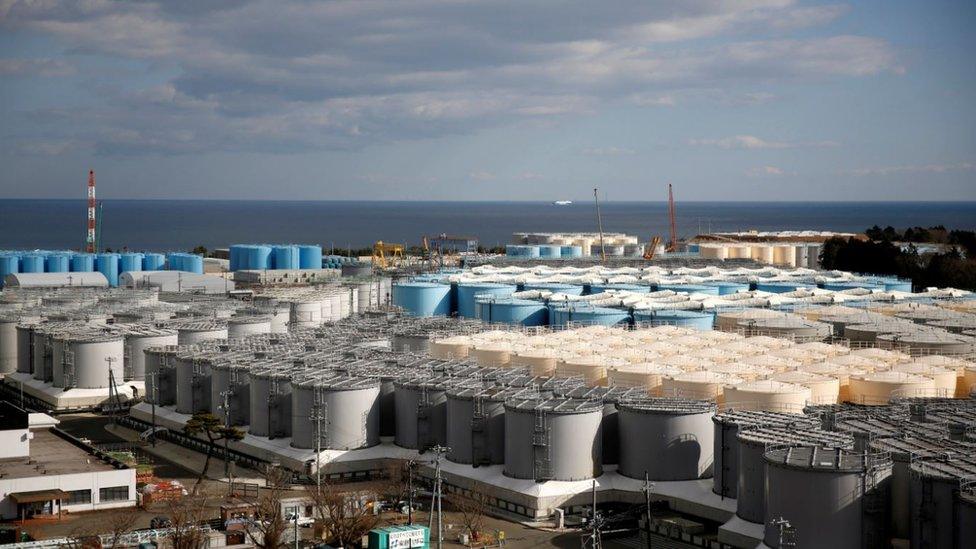Taishan nuclear plant: China admits damage to fuel rods
- Published
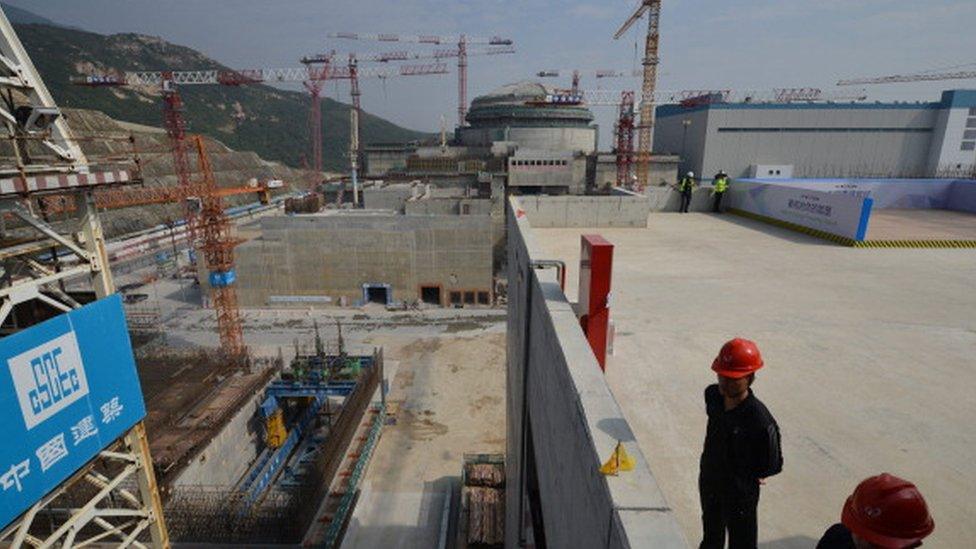
China's government denied there had been a radioactive leak at the facility in Guangdong province
The Chinese government has acknowledged damage to fuel rods at a nuclear power plant in the south of the country, but said no radioactivity had leaked.
China's Ministry of Ecology and Environment said the problem was "common" with no need for concern.
The admission comes after CNN reported that the US government was assessing a reported leak at the facility.
The French energy firm which helps operate the plant in Guangdong province earlier reported a "performance issue".
On Monday, a spokesperson for EDF said a problem with fuel rods had led to the build-up of gases, which had to be released into the atmosphere.
In its report, external, CNN said the company had warned the US government that China's nuclear regulator had raised limits on permissible levels of radiation outside the plant to avoid shutting it down.
But in a statement on Wednesday, China's environment ministry said this report was not true.
The statement - its first official confirmation of the incident - said while the regulator, the National Nuclear Safety Administration (NNSA), had reviewed the use of noble gases in a reactor, this had "nothing to do with the detection of radiation outside the nuclear plant".
Noble gases - also known as inert gases - are a group of stable chemical elements which have very low reactivity. They are often used in situations where scientists do not want chemical reactions, for instance in nuclear reactors or lighting.
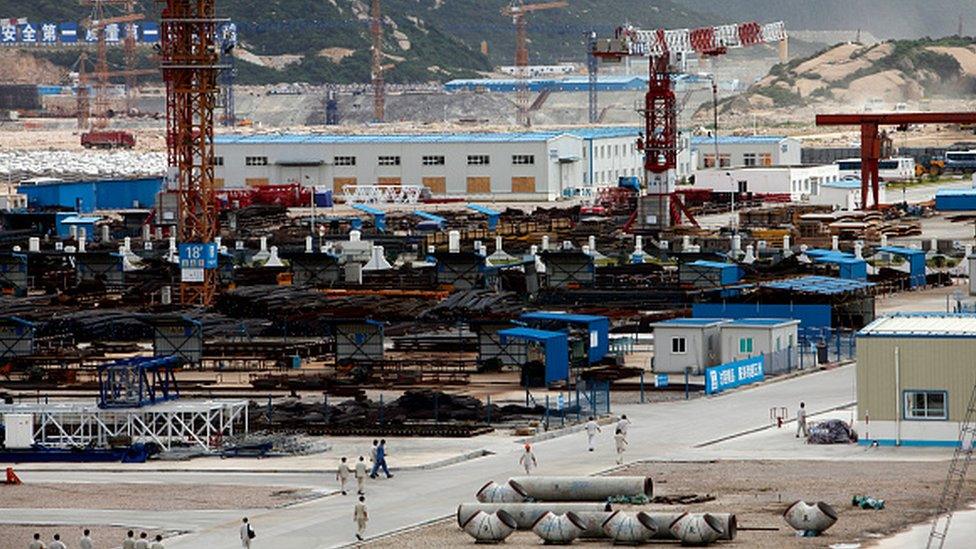
CNN reported that the US government was looking into reports of an incident at the plant
An increase in radiation levels was detected in Taishan's Unit 1 reactor, but this was within the parameters for safe operations, the ministry said.
The ministry said the increase was caused by damage to the cladding of a small number of fuel rods. Fuel rods are sealed metal tubes which hold nuclear materials used to fuel the nuclear reactor.
Of the 60,000 fuel rods in the reactor, the damaged ones accounted for "less than 0.01 percent", the ministry said.
Its statement said "fuel-rod damage during the operation of nuclear power plants is unavoidable" and "a common phenomenon".
The Taishan plant provides power for the Guangzhou and Shenzhen areas, both major manufacturing hubs.
China has dozens of nuclear plants and has invested billions of dollars to develop its atomic energy sector.

You may be interested in watching:
Meet the UN's nuclear inspectors
Related topics
- Published25 September 2015
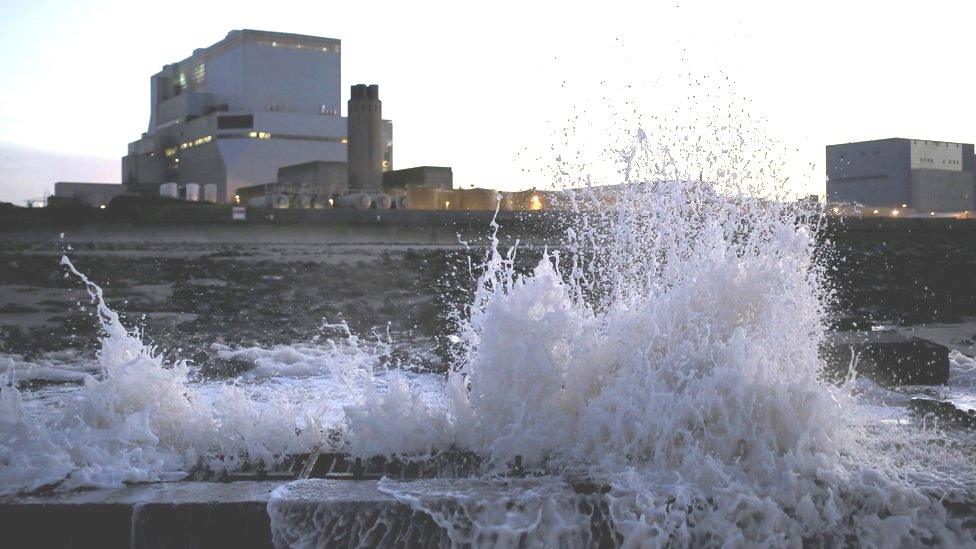
- Published21 October 2015
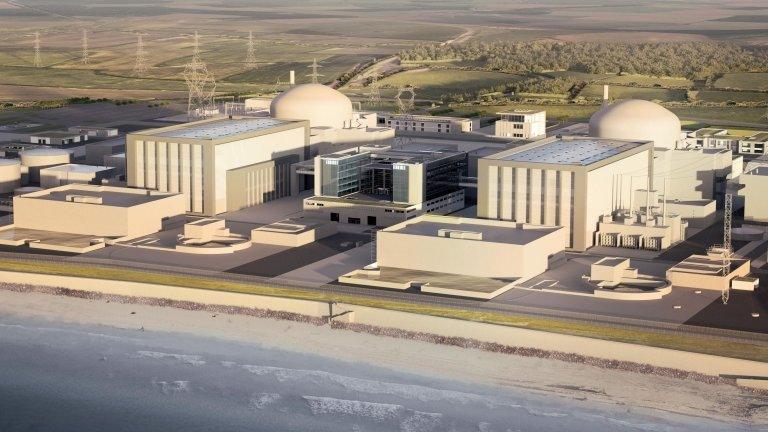
- Published16 October 2020
